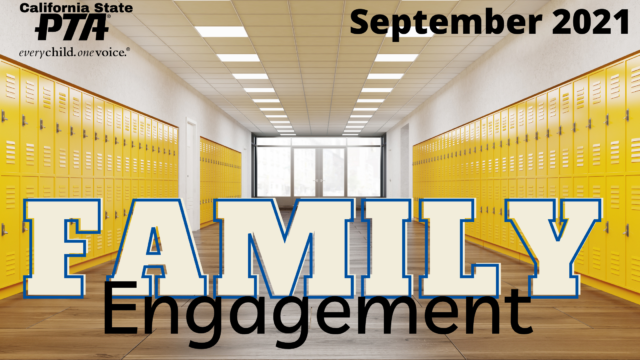Sex trafficking of youth has been escalating over the past decade and is prevalent in all major California cities. Sexual and labor exploitation are problems that touch our schools, as victims can be students or their family members. Recruiters can be people they know, relatives or people they meet online. Youth can also be trafficked while attending school and recruitment can happen on campus, making this a critical school safety issue.
Youth from the foster care systems and those who are fleeing abuse are at the greatest risk of commercial sexual exploitation, but young people of any background can meet a sex trafficker online, on a bus or at the mall. The trauma can be so great that many may not identify themselves as victims or ask for help.
Human trafficking education is now a required component of the health education framework for California public schools. The Human Trafficking Prevention Education and Training Act of 2018 mandate specifies that human trafficking education is provided at least once in middle and at least once in high school. But it is equally important to discuss this issue at home.
Technology Enables Sex Trafficking
Traffickers can use social media and gaming sites to recruit unsuspecting youth. Predators can learn about our kids through their social feeds then manipulate them through fake profiles. Pedophiles and sex buyers have their own social media site in the dark web to share photos and tips on how to go undetected when buying children for sex.
Apps and sites like KIK, Instagram and Snapchat and video games like Fortnite make it easy for predators to target youth while hiding behind a wall of anonymity. By sharing and chatting with strangers, youth can come in contact with the wrong person who says just the right thing to ensnare them.
What Parents Can Do…
Ask “What if” Questions
Role playing is a powerful way to teach kids how to handle difficult situations. Discuss potential situations that could occur in different scenarios like sports practice, walking to a friend’s house, outdoor festivals, Halloween, the movie theater, etc. These “what would you do” conversations can take place at the dinner table or on the drive to school, and may help ease apprehension about the topic.
Ask questions like:
- “What would you do if a good-looking older guy came up to you and said he thought you were pretty enough to be a model? Would you give him your phone number?”
- “Is it okay for a stranger to take pictures of you?”
- “Do you know anyone at school that has an older boyfriend?”
- “Have any of your friends ever talked about getting paid to go on dates?”
- “Has anyone ever sent you a picture that made you feel uncomfortable?”
- “What would you do if someone sent you an inappropriate picture or asked you for one?
The conversation can also continue with a talk about internet safety and “stranger danger”.
Know the Signs
Traffickers often pose as friends or boyfriends and groom their victims prior to commercially sexually exploiting them. By informing children about the commonly tactics used by traffickers to recruit victims, such as dating “Romeo pimps”, peer recruiting and fake modeling or acting jobs, we can help reduce their vulnerability.
Know your Child’s Friends and Whereabouts
Install a safety app on your phones. There are many safety apps available for IOS and Android phones. Here are some apps to consider.
Educate Yourself
Know How to Respond
What Schools Can Do…
- Trauma-informed training on commercial sexual exploitation of children for school staff
- Referral protocols for school staff
- Human trafficking education for students and supports groups for high-risk youth
- Abuse education for elementary schools
- Family information nights
- Posters and awareness campaigns to encourage youth to seek help
Learn more from the U.S. Department of Education: Human Trafficking in America’s Schools
Sex Trafficking and Sexual Exploitation: Training Tool for School Administrators


